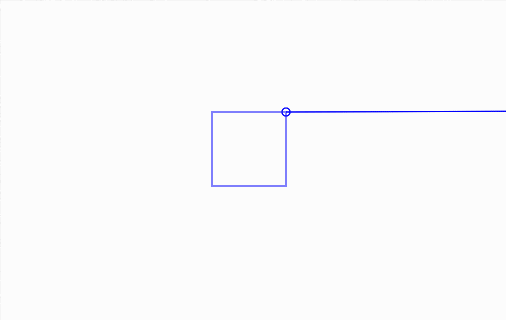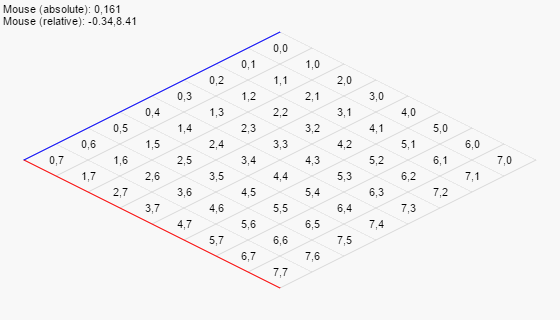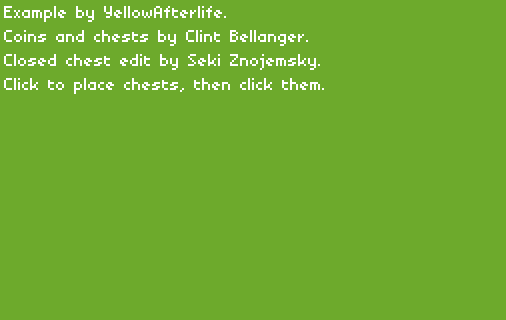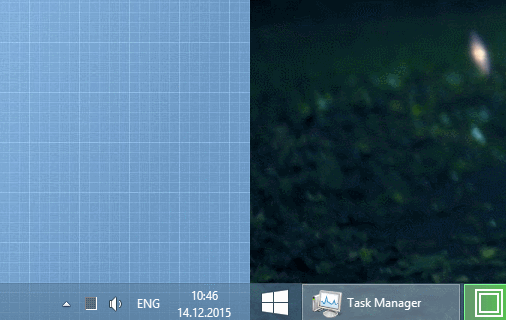I've recently stumbled upon this little macro by Justo Delgado. It takes an "enum abstract" and sets the values of it's constant-fields incrementally. This brings up an interesting point.
See, in C, you can leave out the values and have them assigned automatically (0, 1, 2, ...), set the values manually, or mix the two, having the values continue "upwards" from the last specified value. So, for example, if I have this,
enum class Op { Add = 0x90, Sub, Mul = 0xA0, Div, Mod, };
Op::Div will be equal to 0xA1, which is convenient, and allows grouping enum constants together (in this case storing operator priority in the upper 4 bits).
Haxe doesn't have that "out of box", unfortunately - either you make an actual enum and have the values assigned automatically, or make an @:enum abstract and assign the values manually.
But, of course, that can be fixed with a macro.
Continue reading![[dinosaur peeking in from the right] Hey! I now have a newsletter! Come take a look.](https://yal.cc/wp-content/themes/dotpage/images/mailing-list.png)




